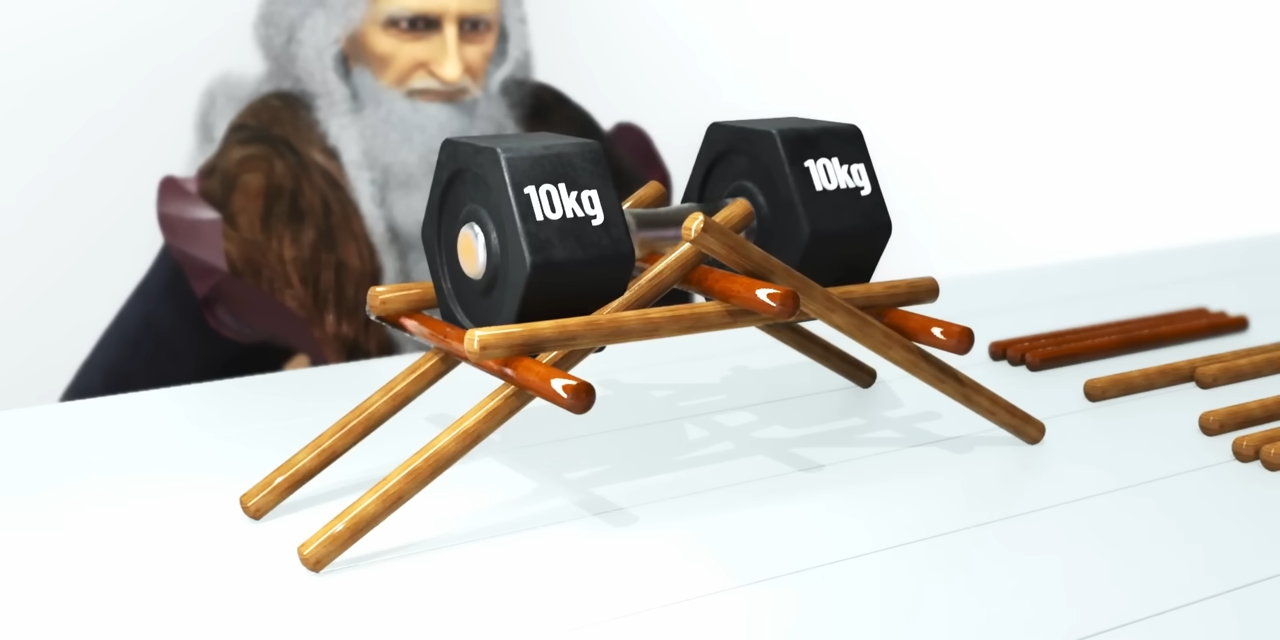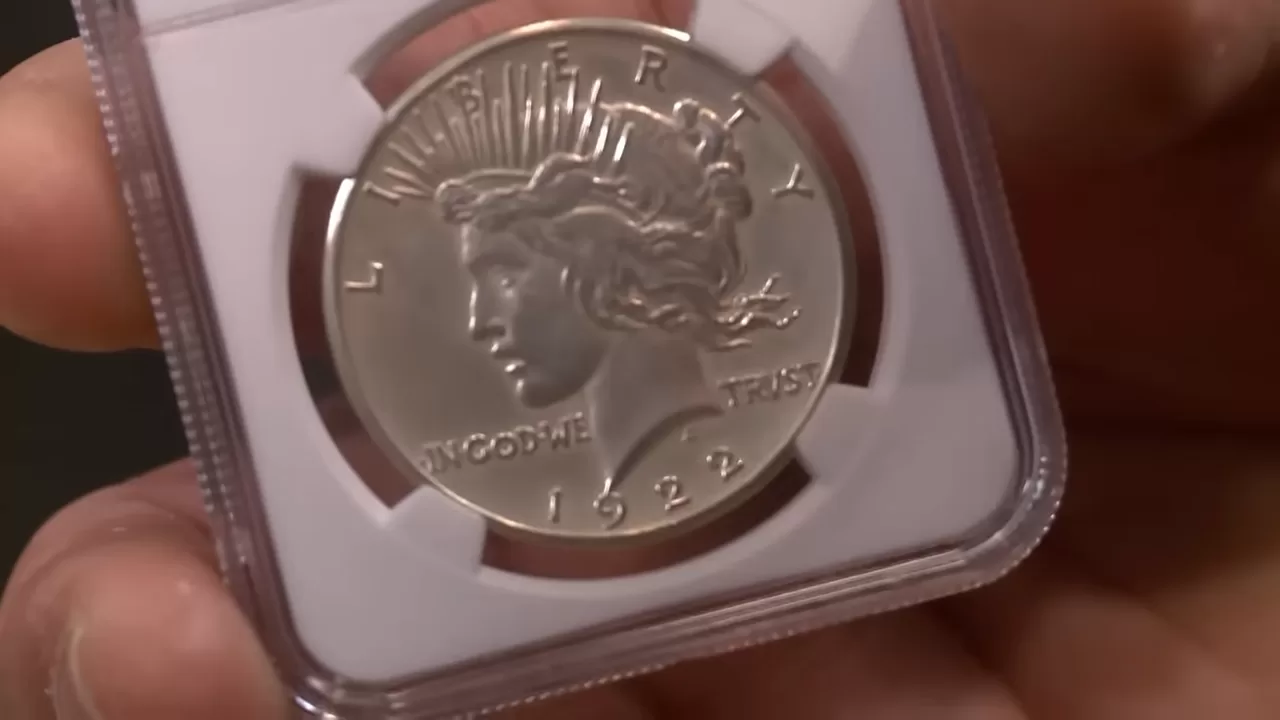The Magic Behind Da Vinci’s Self-Supporting Bridge
Leonardo da Vinci, known for his groundbreaking inventions and artistic genius, designed a self-supporting bridge that remains an engineering marvel to this day. This bridge, constructed without nails, glue, or permanent joints, relies purely on interlocking wooden beams and friction to maintain its strength. But how does it work? Let’s explore the magic behind Da Vinci’s self-supporting bridge.
Ingenious Engineering: How the Bridge Works
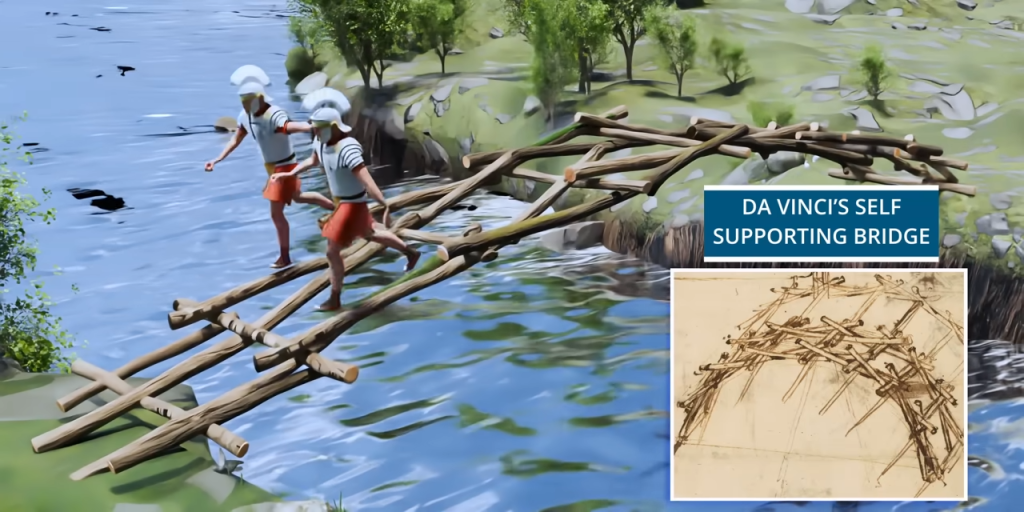
At first glance, loose wooden logs may not seem like a stable foundation for a bridge. However, the true genius of Da Vinci’s design lies in the interlocking mechanism that distributes weight evenly across the structure.
- Basic Structure Formation
- Wooden logs are arranged in a lattice-like pattern.
- Initially, the pieces do not interlock, but with additional elements, the structure stabilizes.
- The Friction Lock Mechanism
- When downward force is applied, the green support pieces transfer pressure to the base logs.
- This creates a friction lock, making the bridge even stronger under increased weight.
- Scalability
- By repeating the same interlocking method, the bridge can be expanded.
- However, extending the bridge too far would eventually result in a circular structure rather than a longer span.
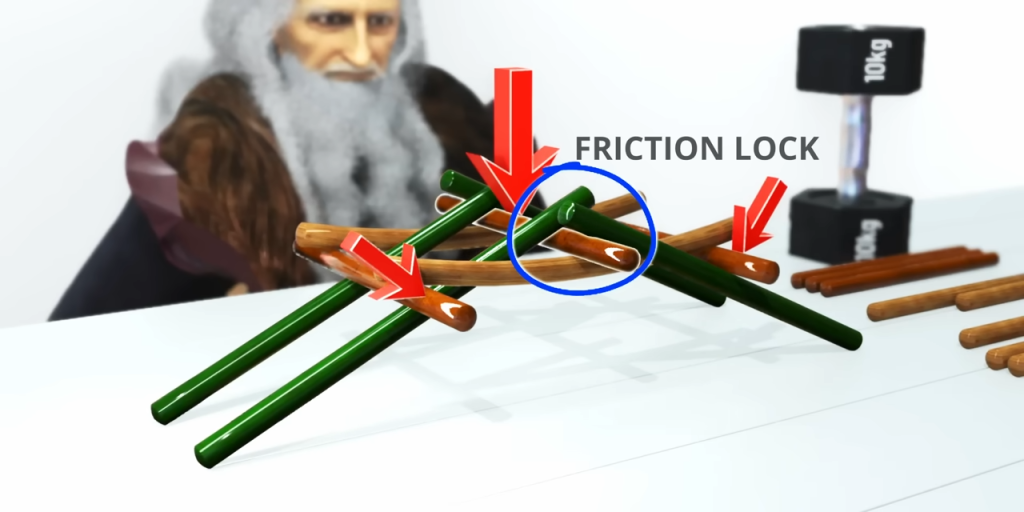
Strength in Simplicity
Despite its simple design, the Da Vinci bridge is remarkably stable and durable. Unlike modern bridges that rely on bolts and adhesives, this bridge becomes stronger as more weight is applied, distributing the load efficiently across all sections.
“The more force applied, the stronger the friction lock.”
What Happens When a Piece is Removed?

To test the integrity of the bridge, removing a single wooden piece results in a sudden collapse. This demonstrates that each component plays an equally important role in the overall structure. Unlike overdesigned modern structures, Da Vinci’s bridge uses only what is necessary for balance and strength.
The Unexpected Circular Connection
One of the most fascinating discoveries is that when the same assembly technique is repeated indefinitely, the bridge forms a perfect self-supporting circle. This unique property suggests that Da Vinci’s principles could be used in other architectural applications beyond bridges.
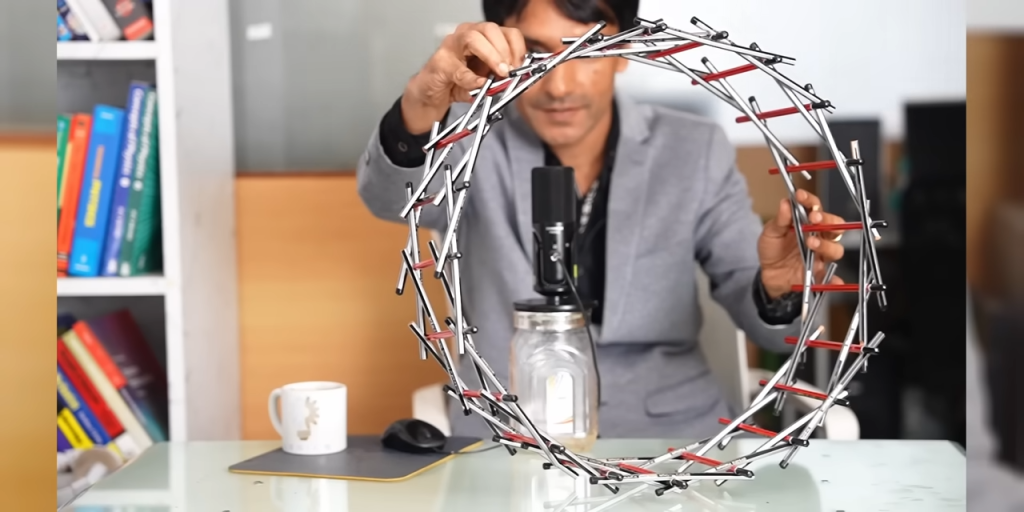
The Military Advantage of Da Vinci’s Bridge
Da Vinci initially designed this bridge for military use, particularly for rapid troop movement over rivers. Soldiers could assemble and deploy the bridge in record time by following these steps:
- Support the structure during assembly to maintain balance.
- Secure the joints with ropes to allow movement.
- Tilt and rotate the bridge into position over a river.
- Remove the rope ties, leaving behind a fully functional bridge.
Additionally, in the event of an enemy attack, the bridge could be instantly disassembled by removing a single log, rendering it useless to opposing forces.
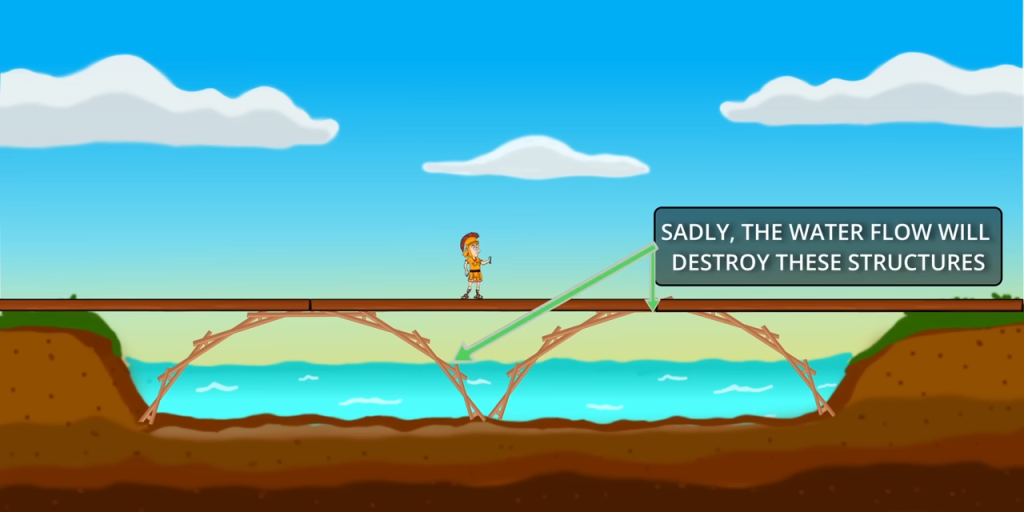
Why Isn’t Da Vinci’s Bridge Used Today?
While ingenious and efficient, Da Vinci’s bridge has some limitations:
- Short span: Extending the bridge further would result in a circular structure.
- Scaling issues: To make a longer bridge, larger individual logs would be required, making it impractical for modern construction.
- Climbing difficulty: A taller bridge means greater elevation, which could be inconvenient for users.
Modern Bridges: The Rise of the Bailey Bridge
The Bailey Bridge, invented during World War II by British engineer Donald Bailey, is the modern equivalent of a quickly deployable bridge. Unlike Da Vinci’s bridge, the Bailey Bridge is modular, allowing for longer spans and heavy loads while still being quick to assemble and dismantle.

Can Da Vinci’s Bridge Be Revived?
Despite its limitations, Da Vinci’s self-supporting bridge remains an inspiration for engineers and designers today. If there were a way to modify the structure to allow greater span and usability, it could be reintroduced for temporary structures, emergency situations, or educational purposes.
“If you have any ideas on how to modernize Da Vinci’s bridge, let us know in the comments!”
Final Thoughts
Da Vinci’s self-supporting bridge is a testament to his genius and understanding of physics. With no nails, screws, or glue, the bridge relies purely on engineering precision and natural forces. While it may not be widely used today, its design principles continue to inspire innovation and creativity in modern architecture and engineering.
If you found this fascinating, consider supporting historical engineering research through Patreon, and let’s keep the spirit of Da Vinci’s genius alive!
